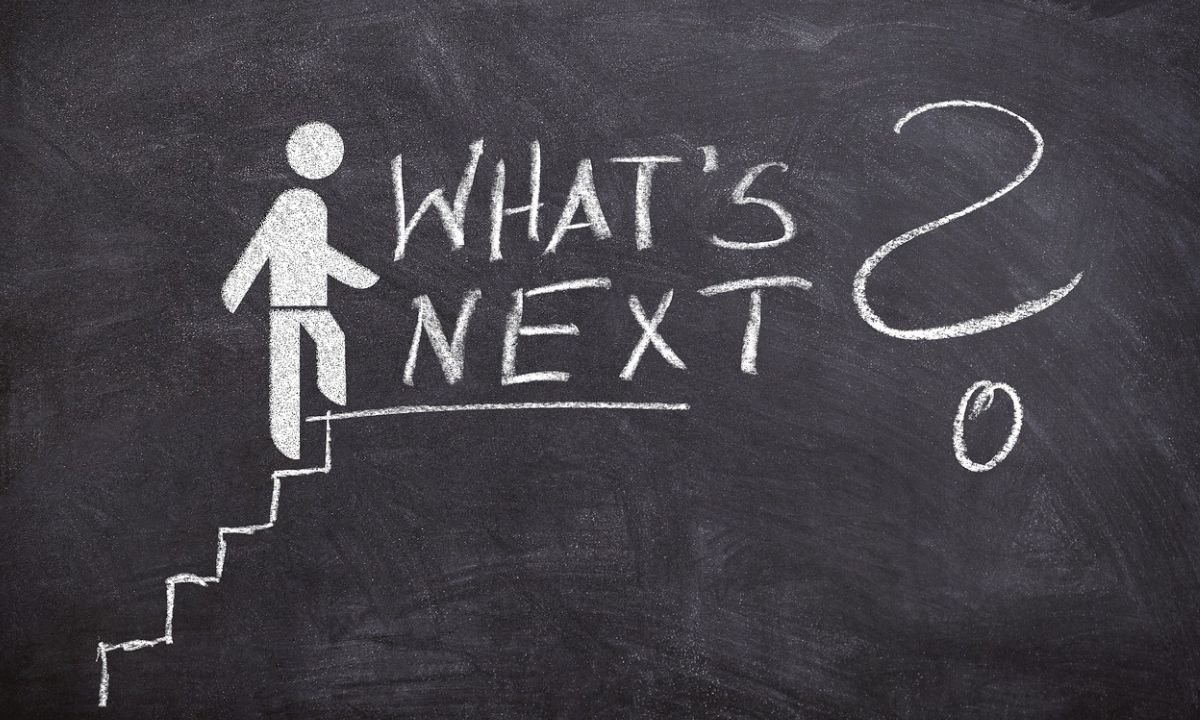Introduction
Drawing a heart can be a joyful and satisfying experience for art enthusiasts, beginner artists, and creative hobbyists. It’s an excellent way to explore creativity, practice patience, and hone artistic skills. Whether you’re just starting or looking to refine your abilities, this guide offers valuable insights on drawing with flair. You’ll gain confidence and knowledge to develop your unique style and transform a simple heart into a masterpiece.
Getting Started
Understanding the tools is the first step to becoming an artist. Begin with essential items like pencils, erasers, and paper. Pencils come in various grades, allowing for different levels of hardness and darkness. Experiment with soft pencils like 2B for sketching and harder ones like 4H for fine lines. A reliable eraser is crucial for refining your work, and choosing the right paper can affect your drawing’s texture and quality.
Next, set up your workspace to ensure comfort and focus. A well-lit area with ample space to spread out your materials can make a huge difference. Consider using an adjustable drawing board to reduce strain and enhance your overall experience.
Learning the Basics
Before tackling complex drawings, explore the fundamental shapes and lines involved in creating a heart. Start by practicing circles, ovals, and curves, which are essential components of a heart’s shape. Mastering these basics will lay the groundwork for more intricate designs.
To add depth and perspective, experiment with techniques like crosshatching and shading. These methods help create a three-dimensional effect, making your heart drawings appear more lifelike and dynamic.
Developing Your Style
Finding inspiration is key to developing your unique artistic style. Explore different sources like nature, architecture, and other artists’ work. Use references to guide your creations, but remember to infuse your personal touch.
Experimenting with various styles and mediums can further enhance your artistic expression. Try using colored pencils, watercolors, or charcoal to see how they impact your drawings. By broadening your horizons, you’ll discover new ways to represent a heart creatively.
The 5-Step Process to Drawing a Heart
Step 1: Sketching the Basic Outline
Begin by lightly sketching the heart’s basic outline. Use simple shapes like circles and triangles to map out its form. These initial sketches provide a foundation for more detailed work.
Step 2: Adding Details and Refining the Form
Once the basic outline is complete, start adding details. Define the curves and edges of the heart, refining its shape to achieve symmetry and balance. Take your time to ensure accuracy.
Step 3: Shading and Adding Depth for Realism
Incorporate shading techniques to create depth and dimension. Use soft, gradual strokes to add shadows, enhancing the heart’s three-dimensional appearance. Pay attention to light sources and how they affect the overall composition.
Step 4: Highlighting to Create Contrast and Focus
Adding highlights can bring your drawing to life. Use an eraser or a white pencil to create bright spots that mimic light reflections. This technique enhances contrast, making certain areas stand out.
Step 5: Fine-Tuning and Adding Personal Touches
Finally, review your drawing for any necessary adjustments. Fine-tune the details and incorporate unique elements or patterns. Personal touches make your heart drawing truly yours.
Overcoming Common Challenges
Dealing with self-doubt and perfectionism is a common struggle for artists. Remember, no drawing is perfect, and each piece is a learning experience. Embrace mistakes as opportunities to grow and improve.
Staying motivated and consistent in your practice is crucial. Set aside dedicated time for drawing, and find a community of fellow artists for support and encouragement. Sharing your work with others can boost your confidence and drive progress.
YOU MAY ALSO LIKE
Revolutionizing Art with the Mollar CGT 20750 Drawing
Conclusion
In summary, the process of drawing a heart involves practice, patience, and play. By following these steps and exploring your creativity, you’ll develop the skills to create stunning heart drawings. Celebrate your progress, and continue pushing your artistic boundaries. Share your drawings with the community for feedback and support, and enjoy the endless possibilities of artistic expression.
FAQs
1. What are the best tools for drawing a heart?
The best tools include various pencils (like 2B and 4H), reliable erasers, and quality paper. Each tool offers different effects to enhance your drawing.
2. How can I develop my unique drawing style?
Develop your style by finding inspiration, experimenting with different mediums, and incorporating personal touches into your work. Stay open to new techniques and ideas.
3. How do I overcome self-doubt while drawing?
Overcome self-doubt by focusing on progress, not perfection. Remember that every drawing is an opportunity to learn, and mistakes are part of the creative process.
4. What role do shading and highlights play in drawing?
Shading and highlights create depth and dimension, making your drawings appear more lifelike and dynamic. They emphasize contrast and focus within the composition.
5. How can I stay motivated in my drawing practice?
Stay motivated by setting aside dedicated time for drawing, connecting with fellow artists, and sharing your work for feedback. Celebrate your growth and accomplishments along the way.











